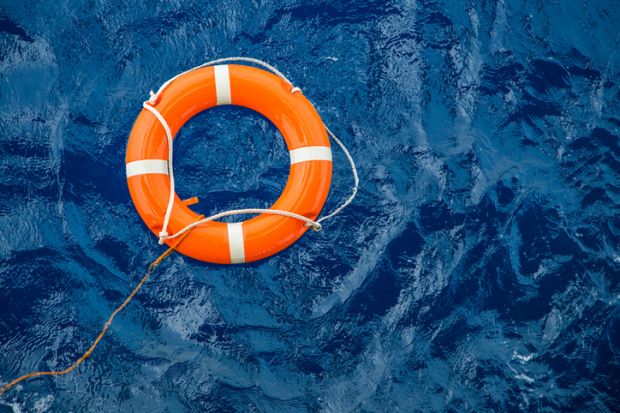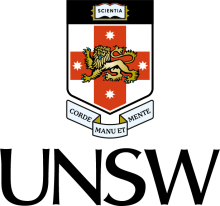While redundancies and casualisation have aggrieved staff, Australian universities’ hard-headed pandemic response has reassured the bean counters.
A report from credit rating agency S&P Global says measures to reduce staff costs – along with pragmatic decisions about campuses, courses and contingency funds – have contributed to the sector’s “solid” financial position.
“The crisis has shown universities have substantial flexibility to respond to ups and downs,” the report says. “The forceful response by university managers to the crisis has helped to protect their balance sheets, for now.
“Universities have been slashing headcount, renegotiating employment contracts, freezing new capital investment, closing unviable campuses or courses, tapping reserves or contingency funds, selling assets, and – in some cases – raising new debt.”
The staffing reductions will help universities weather more years of Covid-induced financial difficulties, the report says. “Rolling layoffs through 2021 will prolong the sense of emergency but help support long-term financial viability.
“An increasingly casualised workforce also makes retrenchment easier,” it adds, noting that casual employees shoulder about one-quarter of the academic workload and account for “probably a majority” of employees on a headcount basis.
While universities are estimated to have forgone A$1.8 billion (£1 billion) of revenue last year, the report says, this is less than half the A$4.5 billion it outlays annually in capital works or the A$4.7 billion “pile of cash” the sector was sitting on at the beginning of 2020.
It says that on one “simple measure” – the ratio of cash and financial investments to outstanding debt – 24 of Australia’s 38 publicly funded universities meet or exceed a “particularly sturdy” 3:1 benchmark.
They include three of the four institutions rated by S&P Global: the Australian National University (ANU), UNSW Sydney and the universities of Melbourne and Wollongong. The report says all four institutions “appear relatively robust”, although two have “negative outlooks”.
The agency last year downgraded the credit rating outlooks at Wollongong and UNSW from stable to negative, while maintaining current ratings of AA at Wollongong and AA+ at UNSW. Since then, the report says, new debts raised by several universities will “erode rating headroom”.
They include A$350 million at Wollongong for a student accommodation project, a planned A$243 million at ANU to fund new capital investments and staff redundancies, and A$250 million at UNSW to “shore up its liquidity”.
The report says some Queensland and Western Australian institutions also drew on loan facilities from their state government treasury corporations, while Australia’s three northernmost universities – Charles Darwin, James Cook and Central Queensland – entered into new loan agreements backed by a commonwealth infrastructure agency.
While the four S&P-rated universities are yet to publish their formal accounts, they have released indicative results showing that three registered deficits last year – ANU (A$18 million), UNSW (A$19 million) and Wollongong (A$40 million). Melbourne flagged a A$180 million surplus but said only about A$8 million of this was available for general purposes.
The report says university leaders face a “delicate” task convincing staff to accept “further parsimony” next year, to “defend against another year of revenue squeeze”, while fending off politicians’ claims that “the sector does not need aid and has overestimated its potential losses”.
It says amalgamations between universities are “possible, though they are rare. Another option is for universities to partner with the private sector in mixed-use development of campuses.”
Register to continue
Why register?
- Registration is free and only takes a moment
- Once registered, you can read 3 articles a month
- Sign up for our newsletter
Subscribe
Or subscribe for unlimited access to:
- Unlimited access to news, views, insights & reviews
- Digital editions
- Digital access to THE’s university and college rankings analysis
Already registered or a current subscriber? Login













